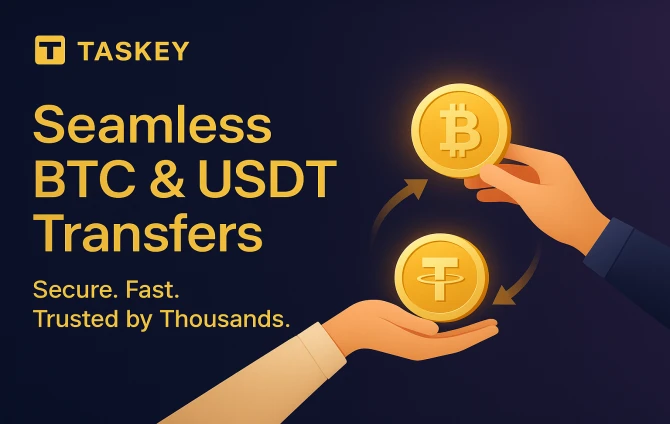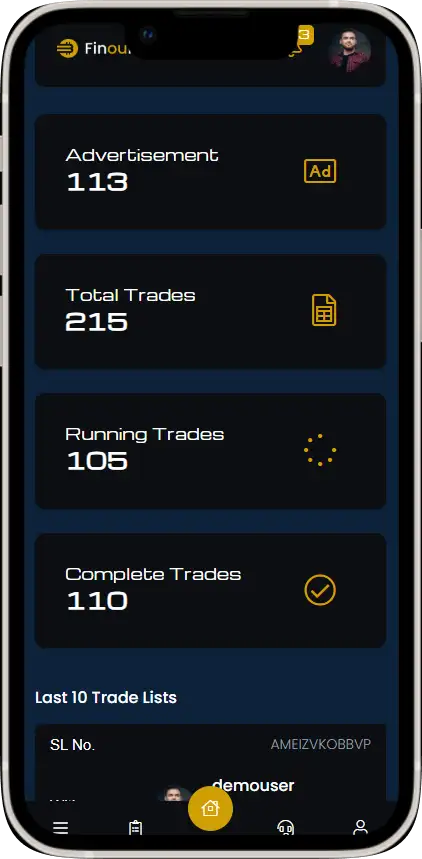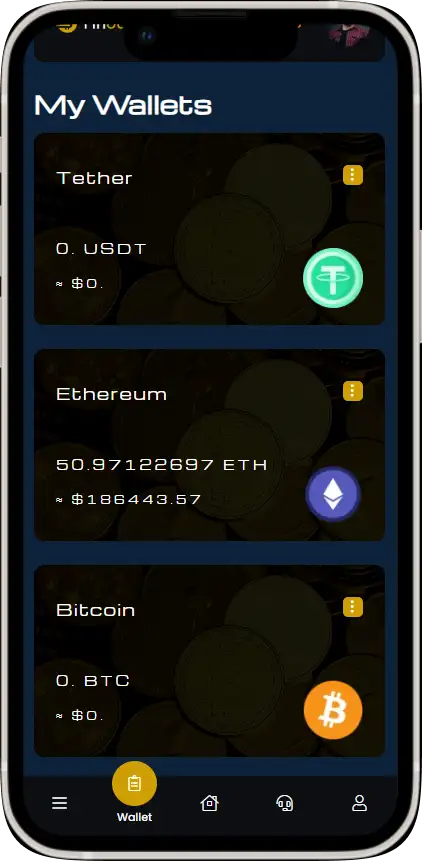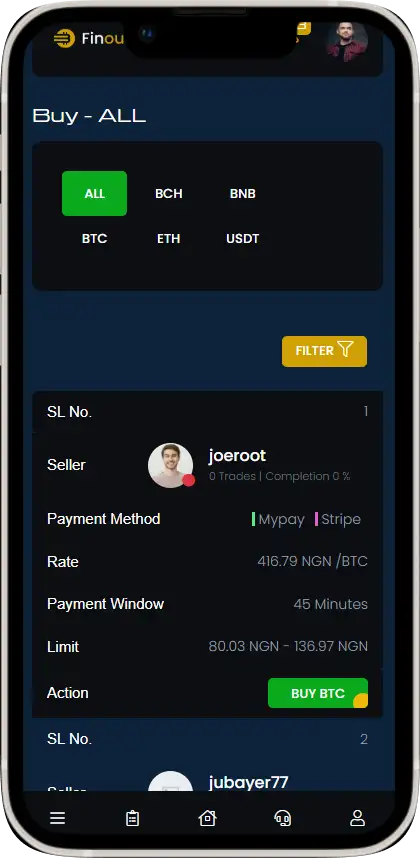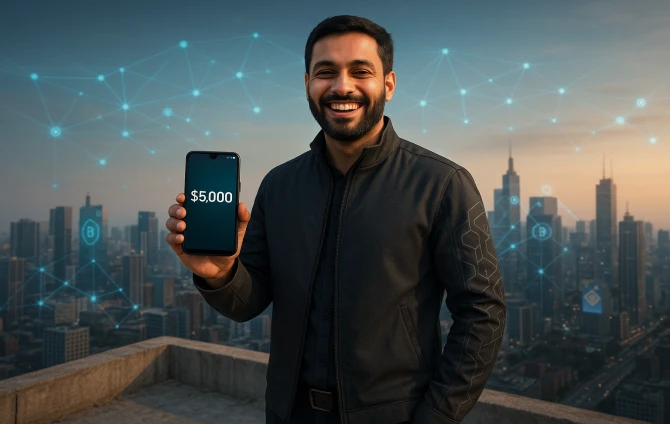
Skybound Crypto: The True Story of Fahim, Who Earned $5,000 on a Rooftop
Cement, Sweat, and Sky
It was sunrise in Dhaka. The skyline began to blur into orange as the city stretched itself awake. On top of an unfinished 15-floor building, 30-year-old Fahim Rahman stood barefoot, his calloused hands wrapped around cold steel rods.
He wasn’t just laying concrete that morning—he was laying the foundation for something bigger. What he didn’t know yet was that today would change his life.
Fahim had been working construction since he was 18. From Barisal to Khulna, and now in the heart of Dhaka, he built floors he couldn’t afford to live in, staircases he’d never climb, and rooftops that stared into the sun.
But today, the rooftop was looking back.
The Ping that Broke the Silence
Amid the clang of rods and the thump of buckets, his phone buzzed.
A modest smartphone tucked deep inside his pocket. The same one his cousin from Malaysia had gifted him three years ago.
He wiped his dusty hands on his trousers and checked the screen.
“$5,000.00 USDT received – TRC20 Wallet.”
For a moment, everything went silent.
The cranes stopped moving (in his mind). The wind paused.
Five. Thousand. Dollars.
On his phone.
On this rooftop.
A Past Paved with Struggle
Fahim had started young—school dropout, fatherless by 12, carrying cement by 14. His family relied on his work. There were no weekends. Only weather, work, and worries.
He’d once dreamed of being a teacher. But when his mother fell ill, dreams took a backseat to daily wages.
Then came crypto.
A friend from Narayanganj introduced him to a blockchain labor platform called BuildChain. It logged hours, assigned verified task codes, and paid in stablecoins like USDT based on completed verified work.
It sounded like science fiction.
But he had nothing to lose. He learned. He listened. He registered.
And then he worked harder than ever.
From Ledger to Life
Over six months, Fahim worked 10-hour days. Each shift was logged on the BuildChain system through QR scans and biometric cards. Each rooftop he helped finish earned him labor tokens, converted monthly to USDT and held in escrow.
He never checked the balance. He didn’t want to get hopes up.
But now, six months of verified effort had finally unlocked.
$5,000.
His hands shook, but not from fear—from gratitude.
The Smile that Spread
“Fahim bhai, ki hoise?” asked a young helper, noticing his teary eyes and grin.
Fahim showed the phone. “Dekho…”
Within seconds, everyone gathered around. Nasima Apa, an older woman who handled rebar sorting, said, “Dollar?! Phone-e paiso?”
The workers couldn’t believe it.
Fahim stood there, phone in hand, backdrop of skyscrapers and dust, smiling like he’d never smiled before.
The Impact Begins
The next day, he went to a nearby crypto-friendly P2P agent and converted $2,000 into BDT. He sent part of it home:
-
Paid off his sister’s hospital bill.
-
Bought his mother a new saree and mattress.
-
Enrolled his niece in an English coaching center.
-
Paid six months’ rent in advance.
He kept $3,000 in USDT for savings.
He wasn’t just richer—he was free.
Word Reaches the Boss
A week later, the site manager, Mr. Jalil, called Fahim into his office.
“I’ve heard you’re doing something with… blockchain?”
“Yes, sir. My payments came through crypto. Everything was logged and verified via BuildChain.”
Mr. Jalil nodded slowly. “Can you teach ten of your coworkers to do the same?”
And just like that, Fahim became not just a laborer—but a trainer.
Rise of the Crypto Crew
Over the next three months, Fahim trained 24 workers:
-
How to create a TRC20 wallet
-
How to scan job codes
-
How to protect private keys
-
How to convert and withdraw securely
Many were skeptical at first. But when they saw proof—real payments—they trusted.
Even the accountant at the site began offering salary payout options via crypto.
The Call from Abroad
One afternoon, Fahim got a WhatsApp call from a number in Singapore.
“Hello Fahim Bhai. I’m Zahin from the International Blockchain Labor Forum. Would you be willing to share your story on our panel next month in Singapore?”
He thought it was a prank.
It wasn’t.
They sent flight tickets. Arranged his passport. Got him a suit.
From Rooftop to World Stage
Fahim took the stage at the Marina Bay Sands convention center in Singapore, his voice trembling as he told the story of receiving $5,000 on a dusty rooftop.
The crowd of CEOs, developers, and policymakers rose to their feet.
Fahim didn’t use jargon.
He simply said:
“You may see blockchain as code.
I see it as bread on my mother’s plate.”
The Legacy Begins
Today, Fahim runs a small foundation: “Roofline Futures”—teaching underprivileged workers across South Asia how to integrate with blockchain wage systems.
His image went viral: standing tall, phone in hand, $5,000 on the screen, with a backdrop of dreams.
He still wears his construction boots.
Because he hasn’t forgotten where it started—on a rooftop, staring into the sky, realizing that the sky was no longer the limit.
🔑 Taskey ways from Fahim’s Story
-
Crypto isn’t just about investing. It’s about inclusion.
-
Blockchain makes every minute of labor count. No corruption. No delays.
-
Workers are not statistics. They are the backbone of our cities.
-
Education + Opportunity = Empowerment.
💡 Final Words
From the dusty heights of an unfinished building to the brilliance of a global summit stage, Fahim proved that:
-
Work deserves dignity
-
Technology must empower
-
Blockchain can bridge worlds
He was never just a number in a ledger.
He was, and always will be, the man who smiled on a rooftop holding $5,000.


